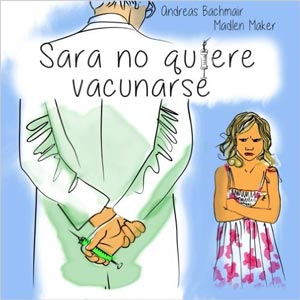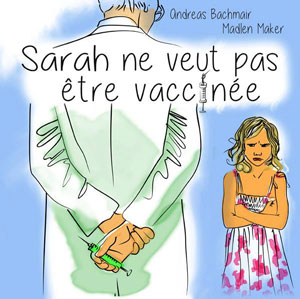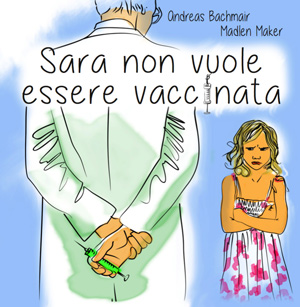Influenza Disease
Pathogens - the flu virus
Influenza viruses (short: flu viruses) are the pathogens. They differ from year to year. The viruses have mechanisms that make it possible for them to change their surface on an ongoing basis (surface proteins). This is the reason why one can have influenza several times.
Genuine influenza is divided up into three types, A, B and C. Types A and B cause the larger epidemics. There are several subtypes of A which are characterized by a different composition of the most important virulence factors haemaglitinin and neuraminidase.
Generally only people who are already weakened fall ill.
Clinical picture
The incubation period is between a few hours and one week, depending on the type of influenza. It is accompanied by high fever (38 to 41 °C), muscle and joint pain, ear aches, severe pulsing headaches, sore throats and a sore cough. There can also be gastrointestinal symptoms such as diarrhea and vomiting.
Patients who have contracted influenza are often able to name the time of day when the disease started. Flu, on the other hand, starts gradually, the general condition of the patient deteriorates slowly and the symptoms are less pronounced.
The differentiation whether it is a real case of influenza or “only” the flu is often difficult. If you rely on clinical symptoms alone your accuracy will be around 30 to 40%.( www.medical-tribune.de)
Therapy
Mainstream medicine:
Treatment is symptomatic and the administration of antiviral substances (neuraminidase inhibitors). These, however, only shorten the course by 1-2 days and do not prevent risks in high-risk patients.(BAG:Empfehlungen zur Grippeprävention August 2000) They should be administered within 48 hours at the latest, 24 hours are better, otherwise they are not effective.
Complications
One of the most frequent complications is pneumonia which generally occurs as a secondary bacterial pneumonia caused by pathogens such as streptococci, pneumococci, and staphylococci aureus or haemophilus influenza. Primary pneumonias caused by influenza viruses are rarer and occur mainly in patients whose immune systems are weak.
The high fever can be a severe burden on the circulation of older patients and influenza increases the risk for heart attacks and strokes in patients who atherosclerotic prior diseases (Stroke, Myokarditis, Pneumonie Bei jedem Fünften schlägt die Influenza mit Komplikationen zu, Medical Tribune Bericht)
Moreover, occasionally otitis media occurs, mainly in children, and also sinusitis and bronchitis.
Immunity
There is only immunity for the type of virus the patient had; the following year the person can fall ill again.












